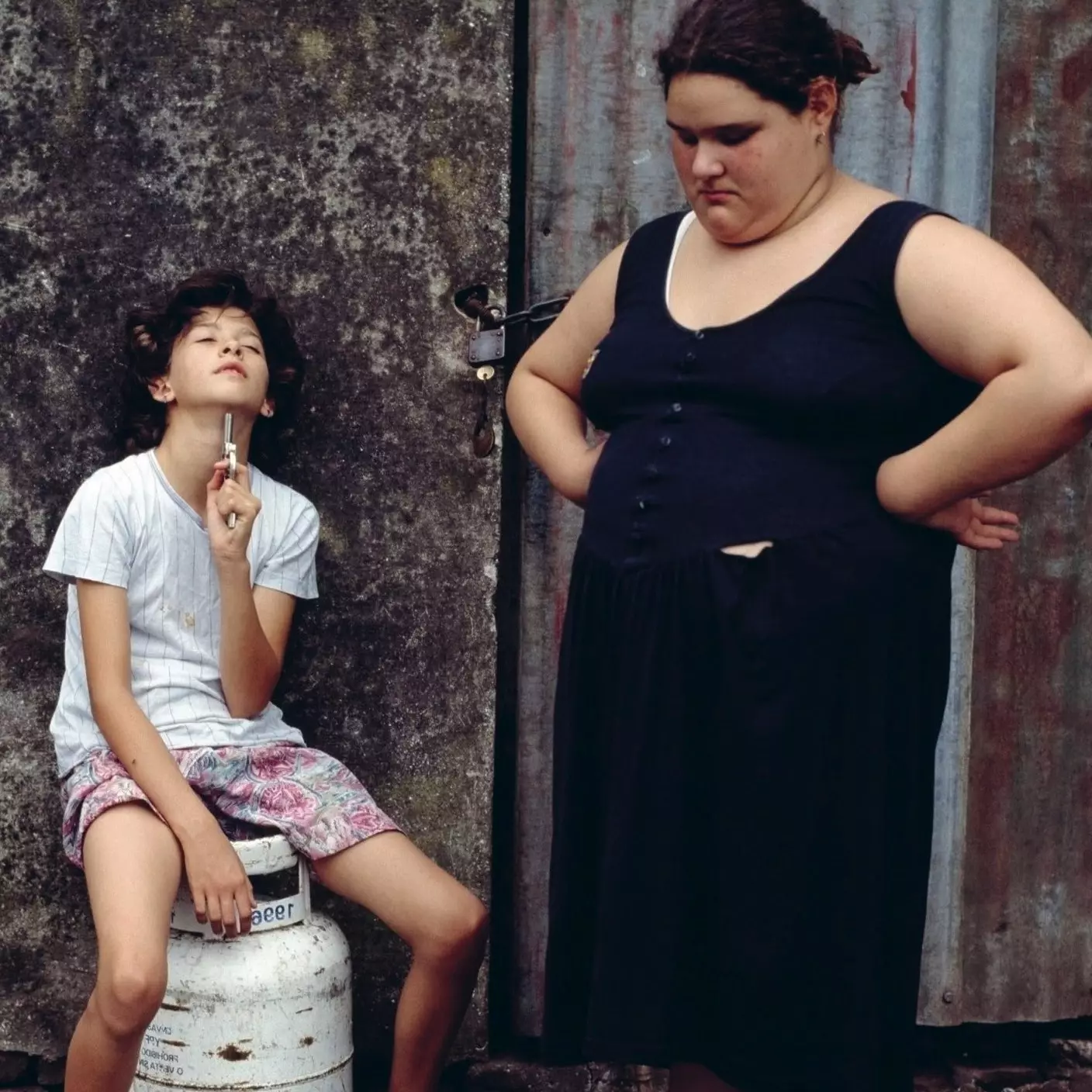
'donkey's belly'
Around this time last year, a book came to light that would be one of the great novelties of 2020 (and almost this one). In a small publishing house, written by a unknown young narrator , few could have suspected the success it was and continues to be today donkey belly . a novel where Andrea Abreu , the author of it, tells a Canary to which, unfortunately, many of us are not very accustomed.
And it is that, for those of us who are not from there, when we think of the Canary Islands it rarely comes to mind the lives of its inhabitants , of those who actually reside all year round on the islands. A Canary Islands that is far removed from the imaginary that has established the tourist advertising and many of the fictions we consume.
A reality that Andrea Abreu claims to be completely oblivious to. “ For me, showing this side of the Canary Islands is much more natural, since it is my only vision ”, She maintains. And he adds: “When you grow up and you meet people who have a different look from yours, you realize that certain things that you had normalized were not so common for people from outside the Canary Islands or urban people from the islands” . An encounter with other opinions about her world that made him consider where had she lived . Thus, she realized that her experience in the countryside, among the pines, was perhaps not the same as that of the people she had read about. “This element, which I called quinqui-canary , was practically not registered in cultural products. It was something that we had all experienced, but that we had not had the need to tell, ”she maintains.
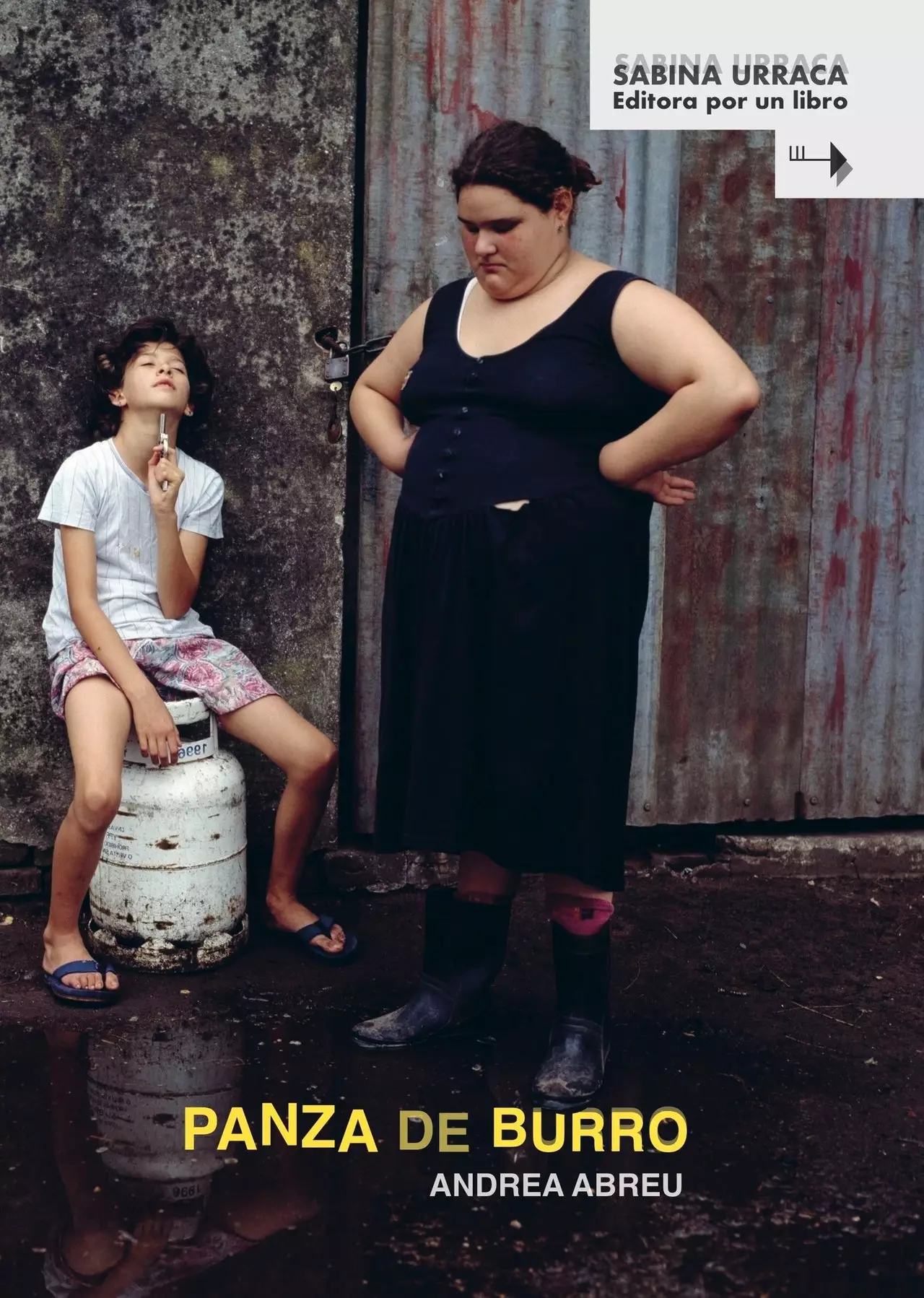
Publisher Barrett
'donkey's belly'
'donkey's belly'
A current image closer to reality that different artists from the islands are carrying out, such as the singer Cruz Cafune , and that is separated from the one that had remained fixed in the past. “ The rural Canary she kept the image most related to gofio, the hoe... one more image from the 60-70s, which seemed stopped in time”.
An idea that was not reflected in reality, since in recent years there had been many changes such as "the return migration from Latin America, which brought a lot of culture and forms of expression such as Spanglish, or the phenomenon of self-construction , a type of houses that are now legitimized because they are very aesthetic, but before they were the opposite ”, she points out. "All these situations revealed to me that there was something different to tell."
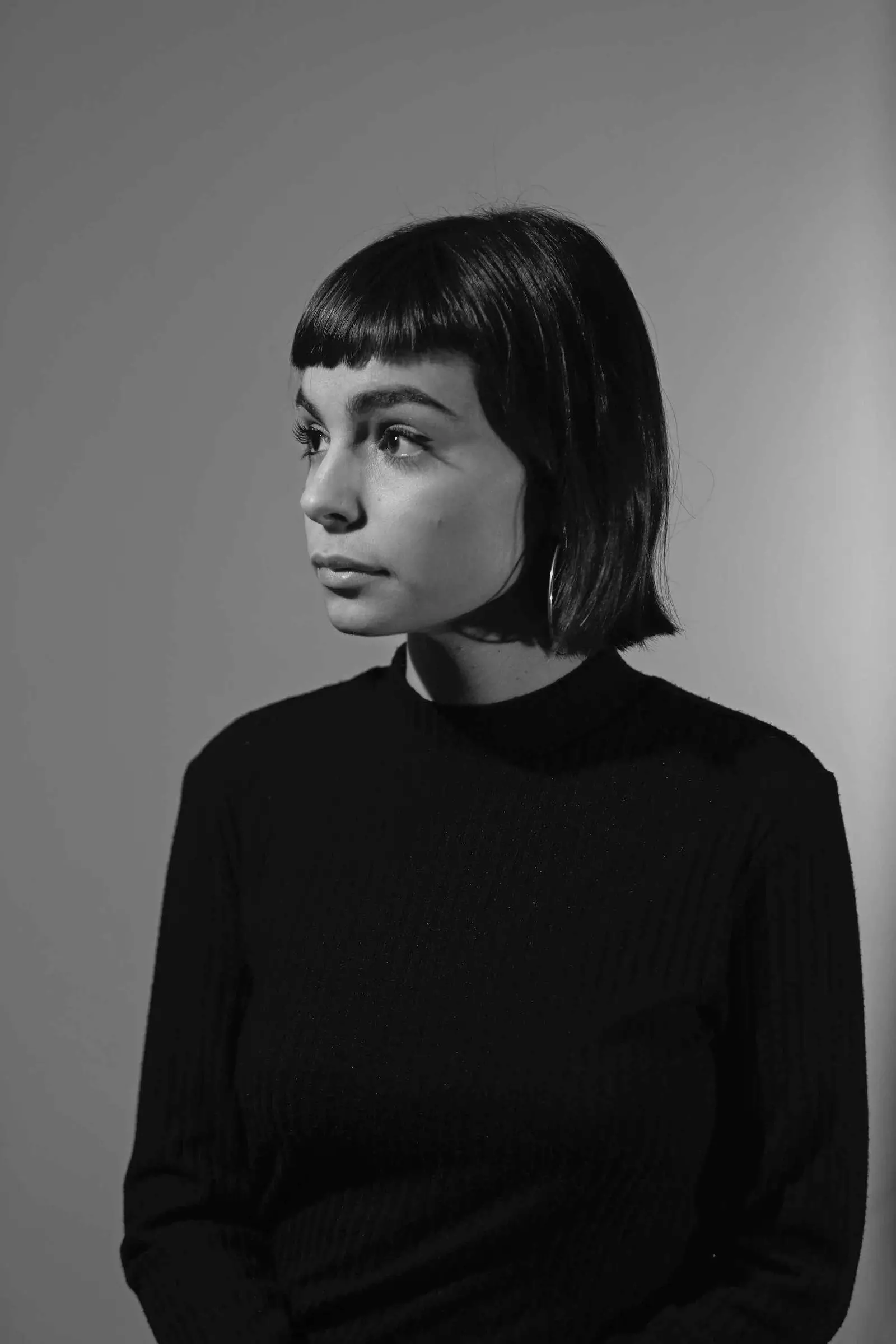
Andrea Abreu
Now, thanks to these new stories, the rural Canary Islands is being openly recognized in the culture . A fact that is happening because the concerns of those born in the 90s are arriving at the spaces and telling about problems that had not been of interest before . “A very rural landscape, very natural, that is combined with that of the internet and that generates realities that did not exist before”, sums up Andrea Abreu.
WHAT IS THIS 'RURAL CANARY ISLANDS' REALLY LIKE?
The Canary Islands that appear in the book donkey belly It is a rural one, very similar to that of the towns in the north of Tenerife. “It is true that to locate the work I relied on Los Piquetes, my neighborhood in the north of Tenerife , which belongs to the municipality of Icod of the Wines and which is known for a thousand-year-old dragon tree and for the Cueva del Viento, which is the fifth largest volcanic tube in the world ”, says the writer.
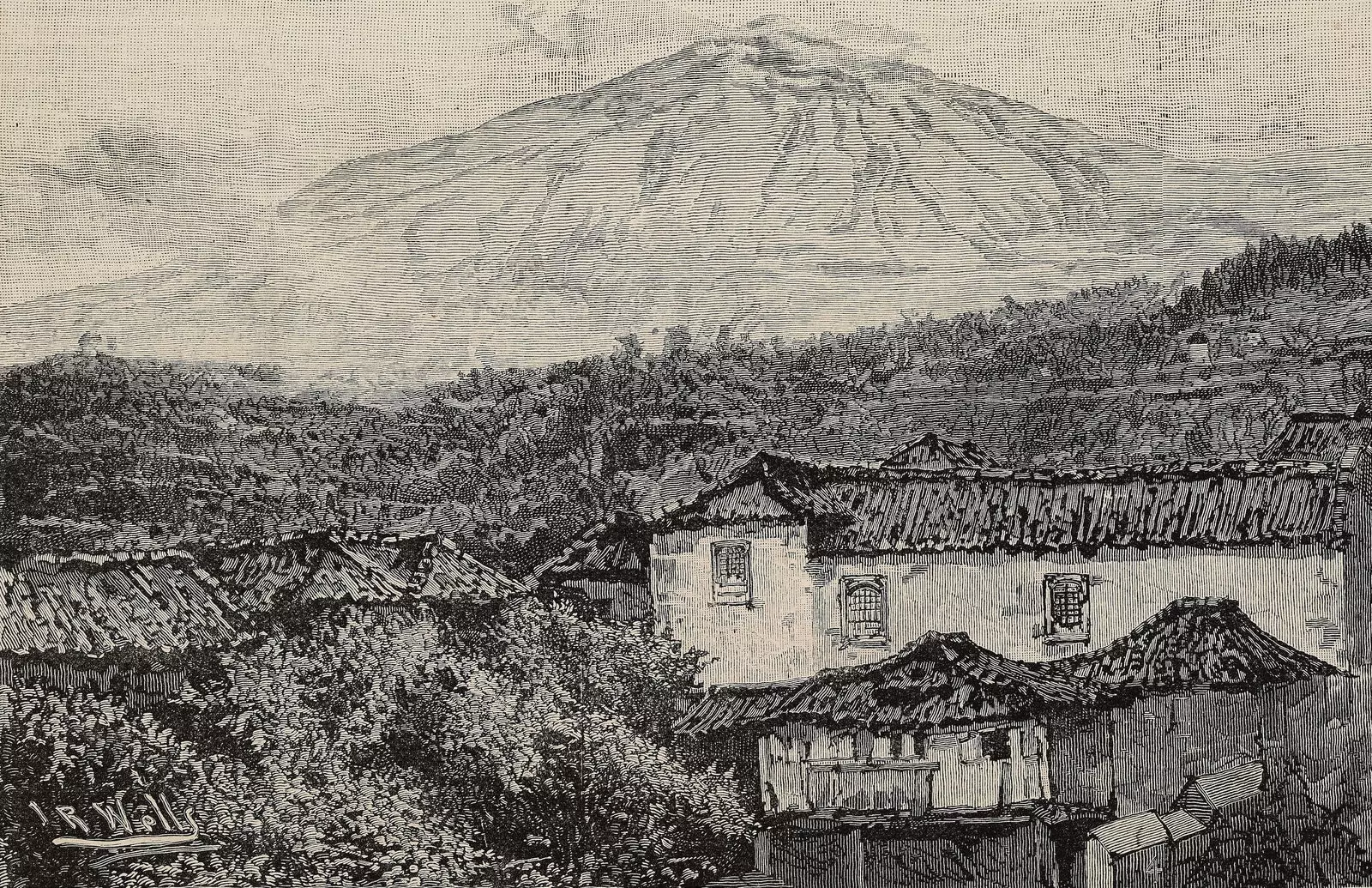
Mount Teide from Icod de los Vinos (The Illustrated London News, 1888)
Being close to such a touristic place, his relationship with his people has always been complex. Something that has also happened to people of her generation, who have learned to be “ a walking tourist advertisement . It worries me that people like where I live, but at the same time, when you live in a place, you take a lot of dislike for many things, you find ugliness in it.”
And with Teide also as a great influence, although it is not named in the novel. “ It is something substantial in my life and in the book . It is like a kind of announcement of the doom of life . When you live near one, you don't constantly think that you're going to die, but it happens that it occurs to you that it could explode. It is the constant presence of death, beautiful and at the same time terrible , which in the book has a lot of weight. Something bad is about to happen."
THE HYPER-REALISM OF LANGUAGE
Perhaps one of the most groundbreaking elements of donkey belly be the language. A way of narrating that Andrea Abreu takes as something completely natural. “What I wanted to do was, as the writer says Fernanda Melchor, hyperrealism in language . I wanted to tell a realistic story, so the language needed to be realistic as well."
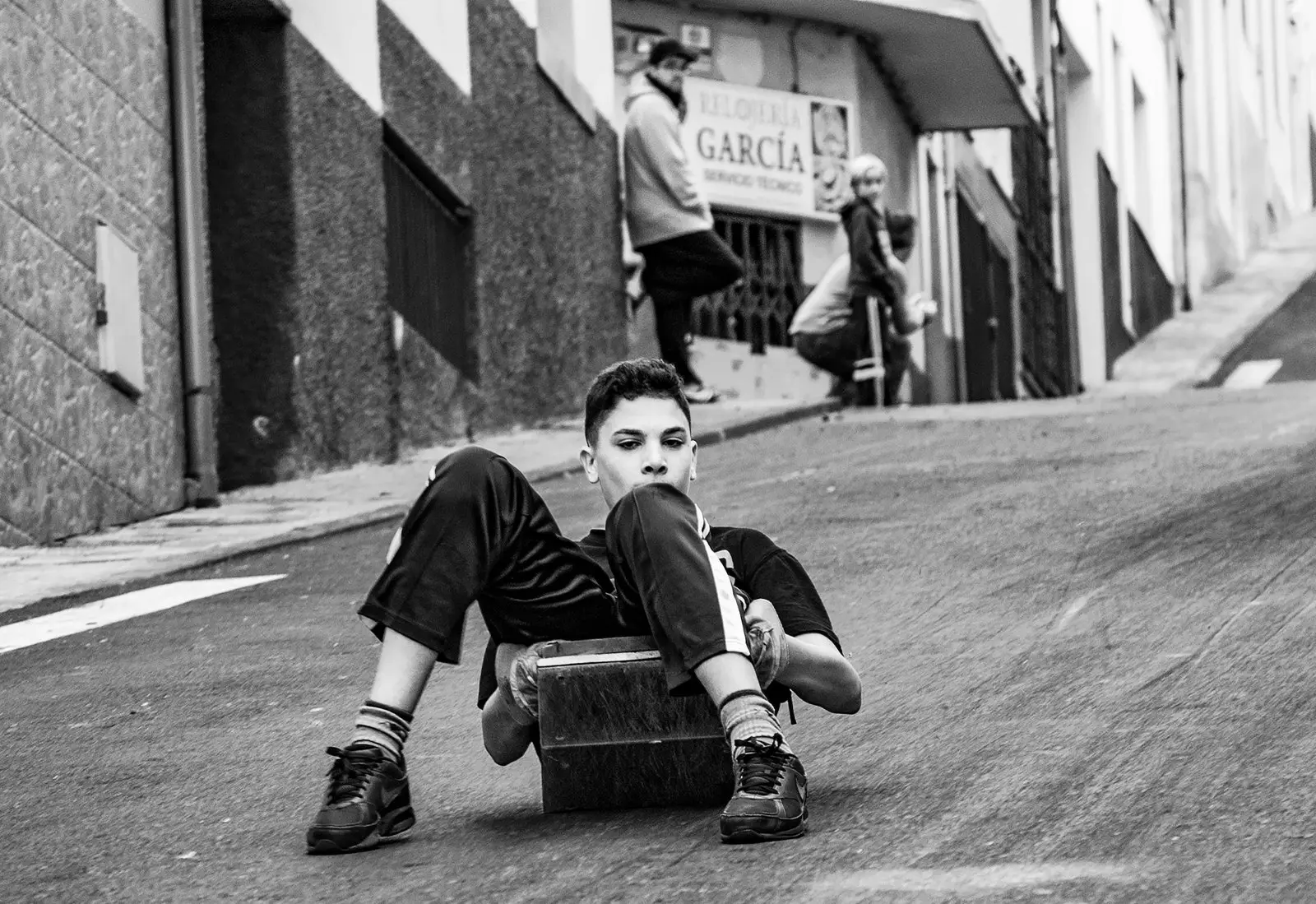
The tables of San Andrés, in Icod de los Vinos
A language that she had at hand, since she simply had to put on paper the canary that she speaks, the one that she had lived. Something that sparked a strong debate when the book began to be read, especially on networks . “I am not the first to do this, but my intention was not to normalize it, because it is not a standard canary. At most 1000 people speak it”.
A debate that, as he points out, had "to eat with potatoes" and from which "many sticks have rained down on him." And she adds: “ It is a debate that was there because the issue of Canarian speech is very tense . In the end, inside our heads we have many conflicts about what it means to be a canary . I tried to write an honest book that generated a series of debates, of which I feel happy , because I really think it's important that we ask ourselves what do we want to be . I don't think it has the pretense of being the standard bearer of anything, but being honest, it came up."
A JOURNEY THROUGH THE HAND OF ANDREA ABREU
The first thing the writer points out is that, in her neighborhood, with her hand you would not get anywhere, “ since it is a very steep area and it is difficult to walk ”. Well, nothing, we let go of our hands and each one by her side. Although she points out that Icod of the Wines there isn't much to see either. She prefers to take her parents' car and go to Low Island . There she visits towns like Garachico, which is the most touristic of all, and then she usually goes to a very small one that she loves, the cove , or the one after, to the silos . She points out that in the latter there are a lot of festivals and a place called Sybora , a place on the coast full "of puddles, that is, small natural pools formed in the sea that are common in the north of Tenerife," she says.
If we follow the route, after Silos, we will find the municipality Goodview of the North , which is one of her favorite sites. And, if we advance further, we will reach the end of everything, the Teno Point , which is substantial in donkey belly. “I have the impression that it is the most magical place I have ever visited, where she always went when she was little” , she maintains.
And she ends: “This place is the tail of the duck that is the island of Tenerife, from where you can see the sea to the north and to the south. And you see the clash of the two seas: one super choppy and the other very blue . Also, there, no matter how much it is raining in my area, the weather is always good there. That's my favorite place in the world”.
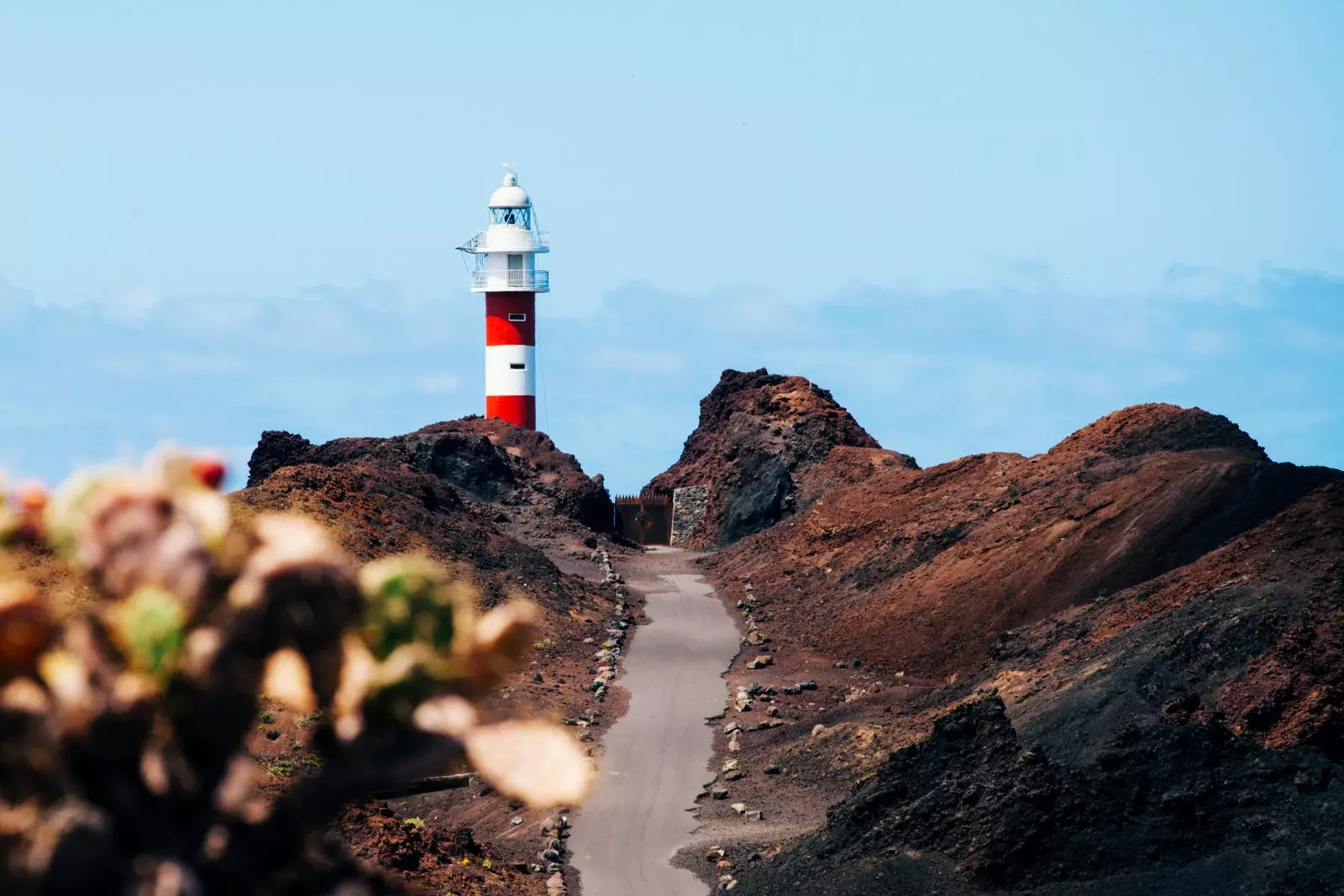
Teno Point
